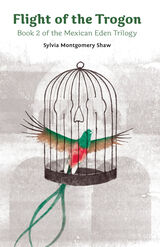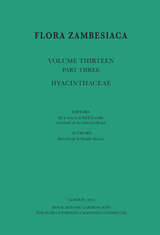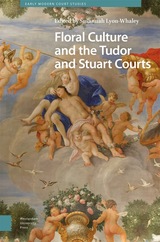10 start with C start with C
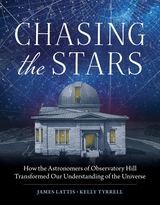
Explore the remarkable story of Wisconsin astronomers whose curiosity, persistence, and innovation helped us better understand our universe.
Chasing the Stars traces the history of the University of Wisconsin’s Washburn Observatory, where some of the world’s most cutting-edge astronomical inventions were born. Learn about the earliest Indigenous stargazers, the women who worked as the first human computers, the astronomers who sold time by the stars, the scientists who shrank the Milky Way, and the crucial role Wisconsin astronomers played in the development of modern astrophysics and space astronomy.
This extraordinary book features more than 100 modern and historic photographs that illustrate the people and science behind Wisconsin’s astronomical innovations. Designed for lay readers and astronomers alike, Chasing the Stars inspires all of us to look up at the sky in wonder.
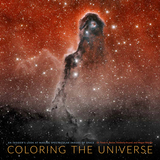
Coloring the Universe uses accessible language to describe how these giant telescopes work, what scientists learn with them, and how they are used to make color images. It talks about how otherwise un-seeable rays, such as radio waves, infrared light, X-rays, and gamma rays, are turned into recognizable colors. And it is filled with fantastic images taken in far-away pockets of the universe. Informative and beautiful, Coloring the Universe will give space fans of all levels an insider’s look at how scientists bring deep space into brilliant focus.

"The volume is highly recommended to all interested in comets and the Solar System."—Journal of the British Astronomical Association
"A good representation of the studies that are currently being done on comets, and it is an extremely good source of information on a wide variety of topics."—International Comet Quarterly
"Extremely well-written and informative. . . . A must for library collections."—The Observatory
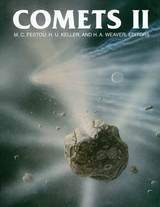
Comets II situates comet science in the global context of astrophysics for the first time by beginning with a series of chapters that describe the connection between stars and planets. It continues with a presentation of the formation and evolution of planetary systems, enabling the reader to clearly see the key role played in our own solar system by the icy planetesimals that were the seeds of the giant planets and transneptunian objects.
The book presents the key results obtained during the 1990s, in particular those collected during the apparition of the exceptional comets C/Hyakutake and C/Hale-Bopp in 1996-1997. The latest results obtained from the in situ exploration of comets P/Borrelly and P/Wild 2 are also discussed in detail.
Each topic of is designed to be accessible to students or young researchers looking for basic, yet detailed, complete and accurate, information on comet science. With its emphasis on the origin of theories and the future of research, Comets II will enable scientists to make connections across disciplinary boundaries and will set the stage for discovery and new understanding in the coming years.
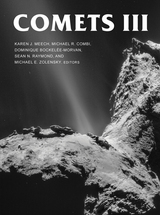
With the contributions of more than eighty authors spanning twenty-five chapters, Comets III investigates the early solar system origins of comets and the clues provided by the composition and distribution of their present population for their long-term dynamical evolution and interrelations with other members of the solar system. Organized thematically, each section is designed to enable connections across disciplinary boundaries in both planetary science and planetary formation astrophysics.
This comprehensive volume explores recent advancements in space missions, telescopic observations, and robotic surveys, providing new understandings of the origins and dynamics of comets. Intended for both researchers and students, Comets III offers insights into unresolved questions and sets the stage for future advancements.
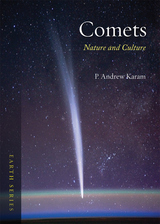
In Comets, P. Andrew Karam takes the reader on a far-ranging exploration of these most beautiful and dramatic objects in the skies, revealing how comets and humanity have been interwoven throughout history. He delves into the science of comets and how it has changed over time; the way comets have been depicted in art, religion, literature, and popular culture; and how comets have appeared in the heavens through the centuries. Comprehensive in scope and beautifully illustrated throughout, the book will appeal not only to the budding astronomer, but to anyone with an appreciation for these compelling and remarkable celestial bodies.


Day in and day out, cosmic rays from the far reaches of space pass through our bodies, yet modern astrophysics has still to unlock all their secrets. Though many details about cosmic rays remain enigmatic, next to electromagnetic radiation they convey more information about the universe beyond the solar system than any other source. They provide us with information about energetic explosions elsewhere in our galaxy and perhaps beyond, and they tell us a great deal about the contents of our own galaxy, through which they pass in reaching us. Illustrating the beautiful symmetry of nature, they shed light on the tiny dimensions of atomic nuclei as well as the immense scale of galaxies.
Friedlander's engaging tale of this peculiar rain of charged particles begins with their discovery early in this century and goes on to describe impressive attempts by a special breed of scientists--sometimes engaging in swashbuckling science at its most adventurous--to fill in the gaps in our knowledge. The central question is: Where do cosmic rays come from? Some scientists maintain that supernovas, much more massive than our sun, are largely responsible for generating them. Most of them probably originate within our Milky Way galaxy, but a few (the most energetic ones) appear to come from a much greater distance. But we still have much to learn about their origin.
The book describes scientists studying cosmic rays by all sorts of methods: satellites, space probes, high-altitude balloons and airplanes-even giant detectors two miles beneath the earth's surface. Their ingenious investigations have yielded startling insights about nature--as well as an inordinately large number of Nobel Prizes. Michael Friedlander, for many years a principal researcher of cosmic radiation, masterfully portrays how a perfect marriage between pure and applied science has forged new understandings of our physical world. This uncommonly lucid history, richly illustrated with more than 50 drawings and photographs, touches the astronomer within each of us who yearns to explore one of the great mysteries of the universe.
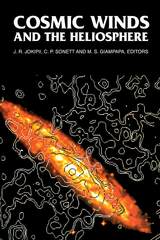
Cosmic Winds and the Heliosphere is a comprehensive sourcebook on conceptually correlated topics in astrophysical winds and heliospheric physics. The contributors review the various kinds of winds, such as solar wind, winds of cataclysmic variables, and winds from pulsating stars. They then examine the physics of wind origin and physical phenomena in winds. including heliospheric shocks, magnetohydrodynamic turbulence, and kinetic phenomena. A final section considers interactions with surrounding media, with contributions ranging from studies of the interstellar cloud surrounding the solar system to considerations of solar wind interaction with comets.
Prepared to the scrupulous standards of the University of Arizona Space Science Series, Cosmic Winds and the Heliosphere is an essential volume for astronomers and space physicists.
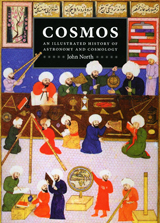
Organizing his history chronologically, North begins by examining Paleolithic cave drawings that clearly chart the phases of the moon. He then investigates scientific practices in the early civilizations of Egypt, Greece, China, and the Americas (among others), whose inhabitants developed sophisticated methods to record the movements of the planets and stars. Trade routes and religious movements, North notes, brought these ancient styles of scientific thinking to the attention of later astronomers, whose own theories—such as Copernicus’ planetary theory—led to the Scientific Revolution.
The work of master astronomers, including Ptolemy, Galileo, Kepler, and Newton, is described in detail, as are modern-day developments in astrophysics, such as the advent of radio astronomy, the brilliant innovations of Einstein, and the many recent discoveries brought about with the help of the Hubble telescope. This new edition brings North’s seminal book right up to the present day, as North takes a closer look at last year’s reclassification of Pluto as a “dwarf” planet and gives a thorough overview of current research.
With more than two hundred illustrations and a comprehensive bibliography, Cosmos is the definitive history of astronomy and cosmology. It is sure to find an eager audience among historians of science and astronomers alike.
READERS
Browse our collection.
PUBLISHERS
See BiblioVault's publisher services.
STUDENT SERVICES
Files for college accessibility offices.
UChicago Accessibility Resources
home | accessibility | search | about | contact us
BiblioVault ® 2001 - 2024
The University of Chicago Press


